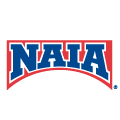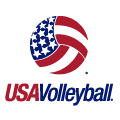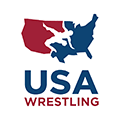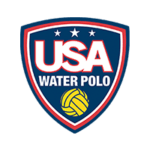How to Get Recruited for Women’s College Hockey
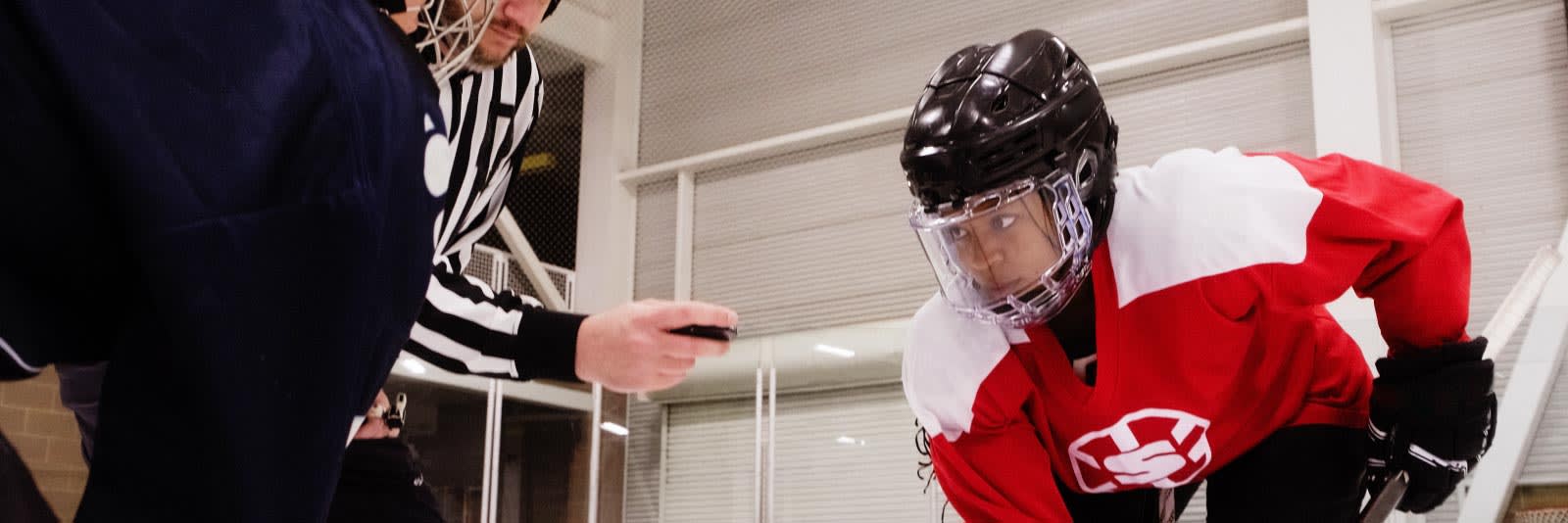
Women’s hockey is one of the smaller collegiate sports, with about 100 NCAA programs and 4 NAIA programs to choose from. While women’s hockey is sponsored by the NCAA, it’s important to note that women’s hockey is only available at the Division 1 and 3 levels—there are no NCAA Division 2 women’s hockey teams. Due to the limited number of programs available, there is a great deal of competition for roster spots. College coaches tend to focus their recruiting efforts on athletes who impress on the ice and in the classroom.
Recruits who have their sights set on competing in college will need to review the NCAA academic eligibility requirements and set academic goals starting freshman year to meet these requirements. For recruits planning to compete for a Division 3 program, academic goal setting can be helpful to increase the student-athlete’s chances of receiving an academic scholarship. Student-athletes should research the academic standards at their target schools. In this section, we provide insights and hockey recruiting tips on how to get recruited for college hockey.
Quick Links
What are my chances of playing women’s college hockey?
Earning a roster spot in college hockey is no walk in the park. Recruits will need to dedicate a great deal of time to proactively building relationships with college coaches and maximizing their opportunities to get discovered. Below are a few hockey recruiting tips for student-athletes as they take initiative to better their likelihood of making a college roster.
- Pick up the phone: Even if college coaches can’t contact the recruit yet, recruits can still pick up the phone and leave a voicemail with information on their current team, position, year and interest in the program. If the recruit is calling after June 15 of their sophomore year, be prepared with questions for the coach, should they pick up the phone.
- Send introductory emails: Reach out to one school each day using a templated introductory email to express interest in a program. The recruit should include a game and tournament schedule and their high school or club coach’s contact information.
- Create a letter of recommendation: Ask the recruit’s high school or club coach to send a letter of recommendation to their top five programs.
- Complete recruiting questionnaire: Fill out the recruiting questionnaires found under the My Progress tab on the recruit’s NCSA Recruiting Profile.
- Utilize social media platforms: Recruits can turn to Twitter and YouTube to create hockey brand by posting updates on their athletic progress and sharing videos for college coaches to see.
When does the recruiting process for women’s hockey begin and how does it work?
Starting June 15 after the recruit’s sophomore year, Division 1 college hockey coaches can begin contacting recruits. But the hockey recruiting process begins long before college coaches can contact recruits. Below is an outline of the college hockey recruiting process from early recruiting to national signing day.
- Early recruiting: College coaches prepare for the official start of the college recruiting process by evaluating student-athletes at tournaments, hockey recruiting camps and combines. Based on the coach’s evaluations, they will build a list of prospective recruits to reach out to once communication is permitted.
- Communication and verbal offers: NCAADivision 1 college coaches and women’s hockey recruits can begin communication starting June 15 after the recruit’s sophomore year. This is also the date that recruits can begin receiving verbal offers.
- Official and unofficial visits: Beginning August 1 of the recruit’s junior year, they can begin to schedule unofficial and official visits. This means student-athletes can meet with college coaches to discuss recruiting while visiting campus.
- Accepting scholarships: If a recruit chooses to attend one of the 650 NCAA institutions that use the National Letter of Intent (NLI), they will be asked to sign the binding agreement, as well as an athletic aid agreement, to officially accept a scholarship offer. College hockey National Signing Day kicks off the signing process in November. Recruits can view all signing dates on the NLI website.
View the NCAA recruiting rules and calendar for women’s ice hockey.
At what age do female hockey players get scouted?
College coaches may begin evaluating talent as young as 8th grade, but the NCAA has strict recruiting rules in place that prohibits Division 1 college coaches from reaching out to recruits until after their sophomore year of high school. This rule also applies to communication between college coaches and club or high school coaches.
In the past, college coaches have used club and high school coaches to communicate with recruits and extend verbal offers before communication was permitted between coaches and athletes. The new NCAA recruiting rules now state that college coaches may contact club and high school coaches, but these conversations cannot include financial offers, recruiting statements, etc., until after June 15 of the recruit’s sophomore year.
After surveying more than 15,000 recruited Division 1 student-athletes about their recruiting experience, the NCAA concluded that the later the college recruiting process began, the most positive of an experience student-athletes had during the process. In 2017, the NCAA made significant changes to the recruiting rules that prohibit contact between college coaches and student-athletes until after June 15 of a recruit’s sophomore year.
Before student-athletes and college coaches can begin communicating, student-athletes should attend athletic events that college coaches attend to evaluate talent and build a list of potential recruits. Student-athletes should also dedicate time to researching hockey programs and marketing themselves with a strong NCSA Recruiting Profile and video for college coaches that are searching recruiting networks.
Should I play in travel hockey leagues?
Yes, playing for a travel hockey league, especially an AA or AAA travel team, can significantly impact a student-athlete’s recruiting journey to college hockey. Not only do travel hockey leagues promote year-round training, skill development and provide valuable playing experience, but these leagues also help increase recruits’ exposure to college coaches.
Travel hockey leagues give student-athletes the opportunity to travel across the country competing against tough competition and showcase their talents in front of college coaches. This visibility and access to college coaches can help an athlete make a coach’s list of potential recruits and ultimately be recruited by a coach.
How do college coaches discover women’s hockey recruits?
Aside from browsing recruiting networks for recruiting profiles, college coaches attend hockey combines, showcases and tournaments to evaluate and recruit hockey talent. These events are especially valuable for college coaches because they provide an opportunity to watch recruits compete in person against top talent in a high-pressure situation.
Another great recruiting opportunity for college coaches is attending hockey recruiting camps. Camps give recruits and coaches chances to interact with one another on the ice. We suggest exploring NCAA, USA Hockey and ACHA (college club hockey) camps to maximize exposure and access to college coaches during the recruiting process. Recruits can find hockey recruiting camps and tournaments near them here.
Don’t forget about recruiting videos. Not all college coaches have the time or means to watch recruits compete in person, so recruiting videos gives them an opportunity to evaluate athletes online. Learn how to create a hockey recruiting video.
How to get recruited by a D1 college for women’s hockey
NCAA D1 programs typically recruit student-athletes who play for a top AAA travel hockey team or one of the hockey prep schools in Minnesota. To play at this level, student-athletes must be extremely talented, but they also must be able to make the time, financial and physical commitment that is required. Travel hockey teams play upwards of 40 games that require them to travel across the state and country. Athletes will be practicing and competing for more than they would on a non-travel team and high school team, making this level of play more physically demanding. Between equipment, travel costs and base fees, travel hockey can cost between $4,000–$6,000 per season. The benefit of making these commitments is the opportunity to train with a staff of well-connected coaches who not only develop their talent but also help these athletes connect with D1 college coaches.
It’s also important for student-athletes to have an online presence. This includes creating a recruiting profile where they record their stats and highlight video and communicating with college coaches via email to express their interest in the hockey program. Student-athletes should also attend showcases and hockey recruiting camps to increase their visibility and access to D1 college coaches. View the women’s hockey recruiting guidelines to see what coaches look for when recruiting.
When can I contact college hockey coaches?
College coaches can’t contact or respond to recruits until June 15 after a recruit’s sophomore year. However, this shouldn’t discourage student-athletes from reaching out to coaches to market themselves and express interest in a program. As soon as a student-athlete has a recruiting profile with updated stats and a recruiting video, they should start reaching out to college coaches at programs on their list of target schools. While recruits won’t hear back from these coaches until contact is permitted by the NCAA recruiting rules and calendar, coaches will take the time to evaluate the talent of those athletes who reach out and possibly add them to their list of potential recruits.
There are many ways that student-athletes can reach out to college coaches. If a student-athlete is reaching out before the official contact period begins, we suggest starting with an introductory email. This gives the recruit an opportunity to share why they are interested in the program and how they see themselves contributing to the team. Recruits can also include a link to their recruiting video for college coaches to review and evaluate their talent. Learn how to email, text, call and direct message college coaches.
What to expect at hockey tryouts
If a student-athlete isn’t offered a roster spot during the recruiting process, they may still have an opportunity to make the team as a walk-on. To fill open roster spots, college coaches will hold tryouts on campus. During tryouts, student-athletes will need to impress the coaching staff during drills and mock games that will test their skillset.
Not sure how to train for hockey tryouts? We suggest practicing the skills that college coaches are looking for in the recruit’s position, such as skating back and forth fluidly, handling the puck and shooting at different angles. When it’s time for tryouts, be confident, sportsman-like and open to constructive feedback.
Researching hockey schools
Before researching hockey schools, recruits should start by identifying what they are looking for in a school and athletic program. What size school is the recruit most comfortable attending? Does the recruit value a school with a strong academic record? What is the recruit’s budget for the total cost of college? These are just some of the questions that are important for recruits to answer before they begin researching hockey schools.
Once the recruit knows what they are looking for in a school, they can begin researching what schools match their expectations. To help recruits through the college search process, NCSA has ranked the top women’s hockey colleges across all NCAA Divisions based on numerous factors, such as cost, location, size and academics.
How do you get a scholarship for women’s ice hockey?
How do you get a hockey scholarship? As an equivalency sport, women’s college hockey coaches divide their budget to provide recruits and current roster holders with financial funding. While college hockey coaches don’t prioritize certain positions over others when awarding scholarships, NCAA Division 1 coaches heavily recruit AAA travel hockey athletes with the intention of offering these athletes an athletic scholarship. While a fully funded hockey program may offer full rides, student-athletes are more likely to receive a partial scholarship.
NCAA Division 3 programs do not offer athletic scholarships, but student-athletes can receive merit-based aid if they meet the school’s academic standards.
Learn more about women’s college hockey scholarship opportunities.
College women’s hockey National Signing Day
Student-athletes who receive an athletic scholarship from one of the 650 four-year institutions that use the Collegiate Commissioners Association’s National Letter of Intent (NLI) will be asked to sign an NLI and an athletic aid agreement to accept their offer. National Signing Day is November 11, 2020 and runs until August 1, 2021.

